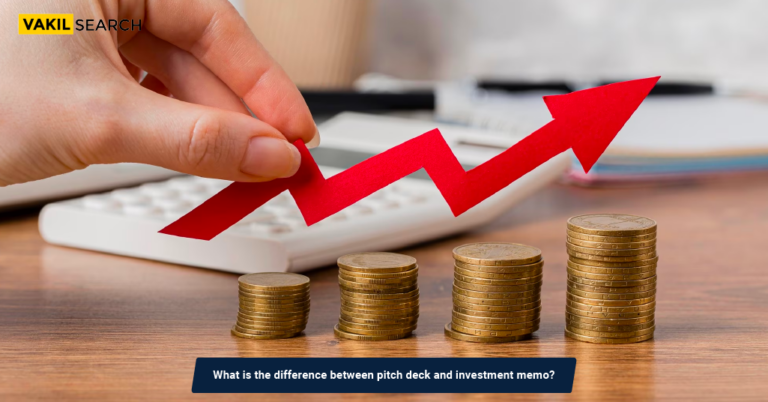A founder's pivotal task is to create a pitch deck. Using information from your Lean Canvas, you can create a draft pitch deck using this template structure. As a starting point for improvement, you can use the result.
Creating a pitch deck is a critical task that you need to master to attract investors. While researching your business plan and model, a lot of you might already have created a Business Model Canvas. So, how can you convert this into a pitch deck? If so, how do you do it? If not, how else can I develop, design, and draft a good Pitch Deck for investors? In this article, we will answer all these questions, and provide you with a fool-proof plan to draft an excellent pitch deck that will impress your investors!
What Is The Business Model Canvas?
First and foremost, let us look at what a Business Model Canvas is. It is essentially a visual tool that allows users to create an integrated view of their entire business. The model outlines describe and enumerate critical operational areas, such as customer acquisition, revenue generation, and costs involved. It helps companies define their Key Performance Areas and work towards improving those areas.
Why Is The Business Model Canvas Important?
The visual Business Model Canvas allows companies to focus on the metrics that matter. It provides a clear and concise overview of how the company is performing and enables them to focus and improve struggling areas. The model allows managers to gain a bird’s eye view of the company’s operations. It also effectively demonstrates how all the departments connect and integrate.
What Does A Business Model Canvas And A Pitch Deck Have In Common?
The canvas tries to interlink all the departments of the business to WHY the company exists. This is very similar to the Value Proposition slide of a good startup pitch deck.
The left-most side of the canvas deals with the processes involved in making the product, which essentially becomes the Solution + Product slides.
The right side of the canvas focuses on customers, marketing, and how the company sells the product. By studying this area, you can develop the Marketing Plan, Traction, Business Model, and Go-To-market Plan slides of your deck.
The centre again emphasises why you do what you do and what makes you unique from every other company out there. By analysis, you can convert this into Value Proposition and Competitive Advantage slides.
You can see how all the processes connect to form the company when you go from left to right. This will help you form a structure for your pitch deck, enabling you to decide on a flow.
What Are The Metrics You Can Use?
- Customer Relationships
This explains how you plan to build relations with your customers, engage with them, and improve brand loyalty. It explains and describes your marketing strategy, whether you want to take things digitally or you would like to invest heavily in ads and other forms of marketing.
- Customer Segments
Customer segments list all your different customer groups and how you segment the market into target groups. The more specific you are with this, the easier it will be to market to them, as you need to have strategic plans for each segment.
- Revenue and Cost Structure
This metric mostly tries to explain your revenue model and how you are making money. It depends on the customer segmentation you follow, and you can break down your revenue based on segments, channels, and even geographically. The cost structure keeps a tally of how much you spend to make the product, acquire customers, and get the product to your customer.
Converting The Business Model Canvas Into a Pitch Deck
- Never create just one slide out of the canvas model and put it into your pitch deck. It will look too cluttered, and there will be too much information on the slide.
- Split the canvas into three divisions; Center, which focuses on the value you add, left, which deals with the product and right, which deals with the customer.
- After splitting the model, analyse each metric it contains and convert it into a counterpart for the pitch deck, as explained above.
- Rather than turning it wholly into a pitch deck, use it as a reference point to pull important data and infographics.
- The most significant metric or value that the canvas model provides is the Value Proposition slide, as this is the cornerstone of the model.
Conclusion
Filling out a Business Model Canvas is all about taking a step back and looking at the big picture. As a result, you will be able to understand the uniqueness of your company and draft a great pitch deck. Using the tips above, you can create a great pitch deck for investors using the data you’ve collected on Canvas.
Visit Vakilsearch to get more legal information.
Also Read,










